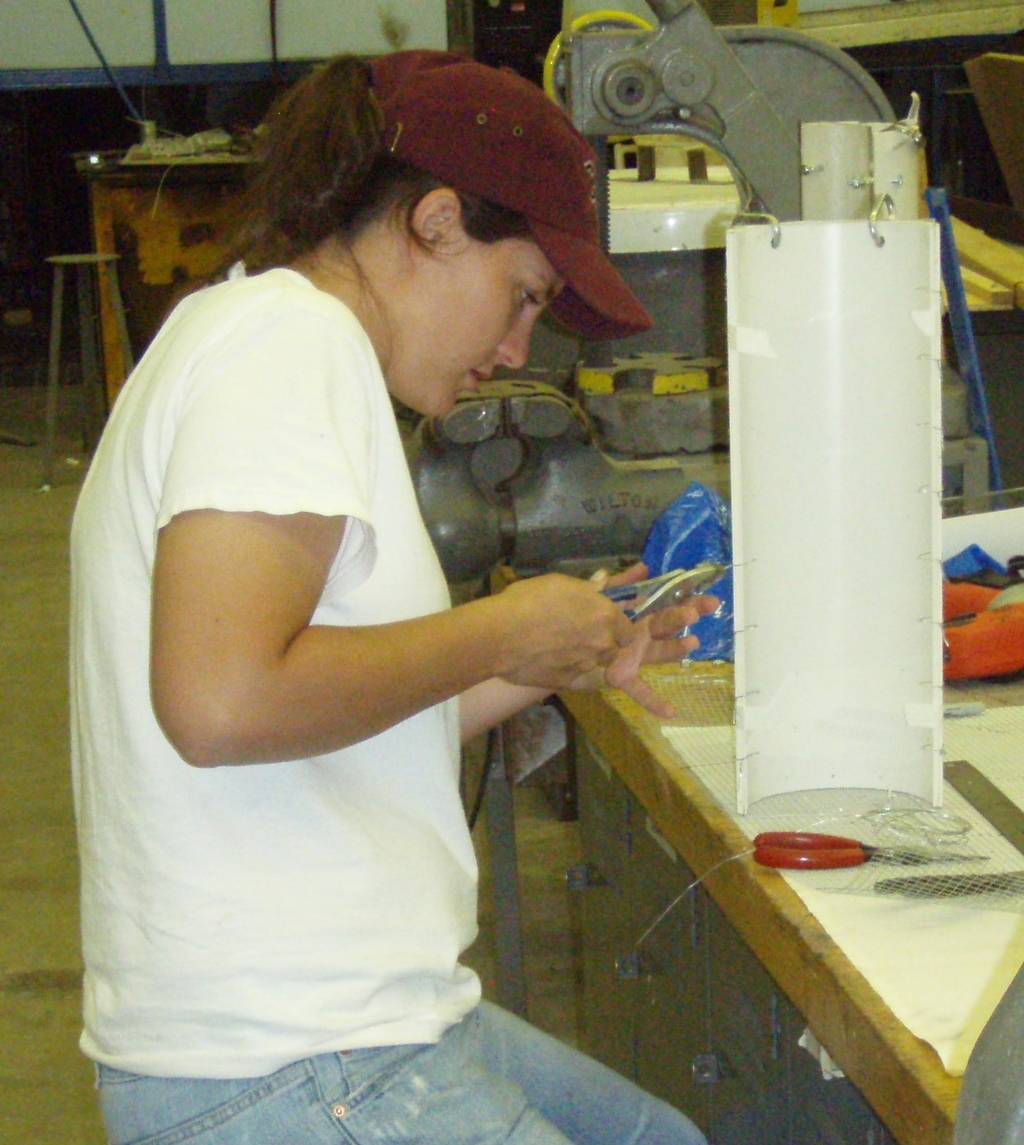Research of buffalo grass begins

A research project at Chadron State College is expected to help property owners grow healthier stands of buffalo grass, the turf species that has gained attention in drought regions because of its low water use and low maintenance requirements.
Shelley Miller of Minatare, a junior studying rangeland ecology, is working with Ted and Jane Grant of Niobrara Sod Farm LLC of Hay Springs on the project, which is designed to determine the best irrigation patterns and watering amounts for improving the rooting depth when establishing buffalo grass sod. The project began earlier this summer.
Buffalo grass, one of the region's few native turf species, is a common warm-season, range plant of the short- and mixed-grass prairie regions of North America. It can be found from northern Montana and North Dakota to southern Mexico.
Grant, a 1982 graduate of CSC who is donating the turf and most of the materials for the project, said he contacted CSC's range management program after he was unable to find adequate information about the care and maintenance of buffalo grass to pass along to customers. It was especially difficult to find research about raising buffalo grass in the High Plains of northwest Nebraska and southwest South Dakota, he said.
"No place has weather like we have," Grant said.
Grant worked with Dr. Chuck Butterfield, the CSC professor who is supervising Miller, to secure a plot in the vacant area east of the Burkhiser Complex suitable for the research. Miller helped lay out the plots, each of which receive a varying amount of water. She also constructed a series of transparent tubes to map root development in the plots during the summer. At the end of the season, she will dry and weigh roots from the various plots to further determine the effects of various treatments.
Butterfield said the study also will evaluate various chemical weed control methods when it continues in summer 2010.
Category: Campus News
